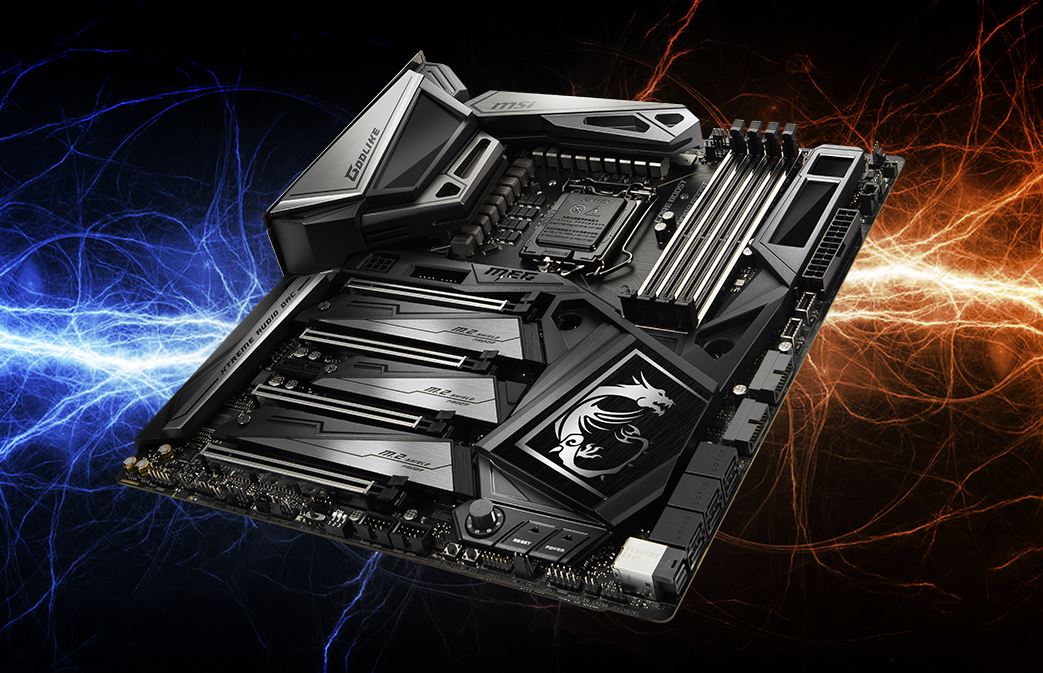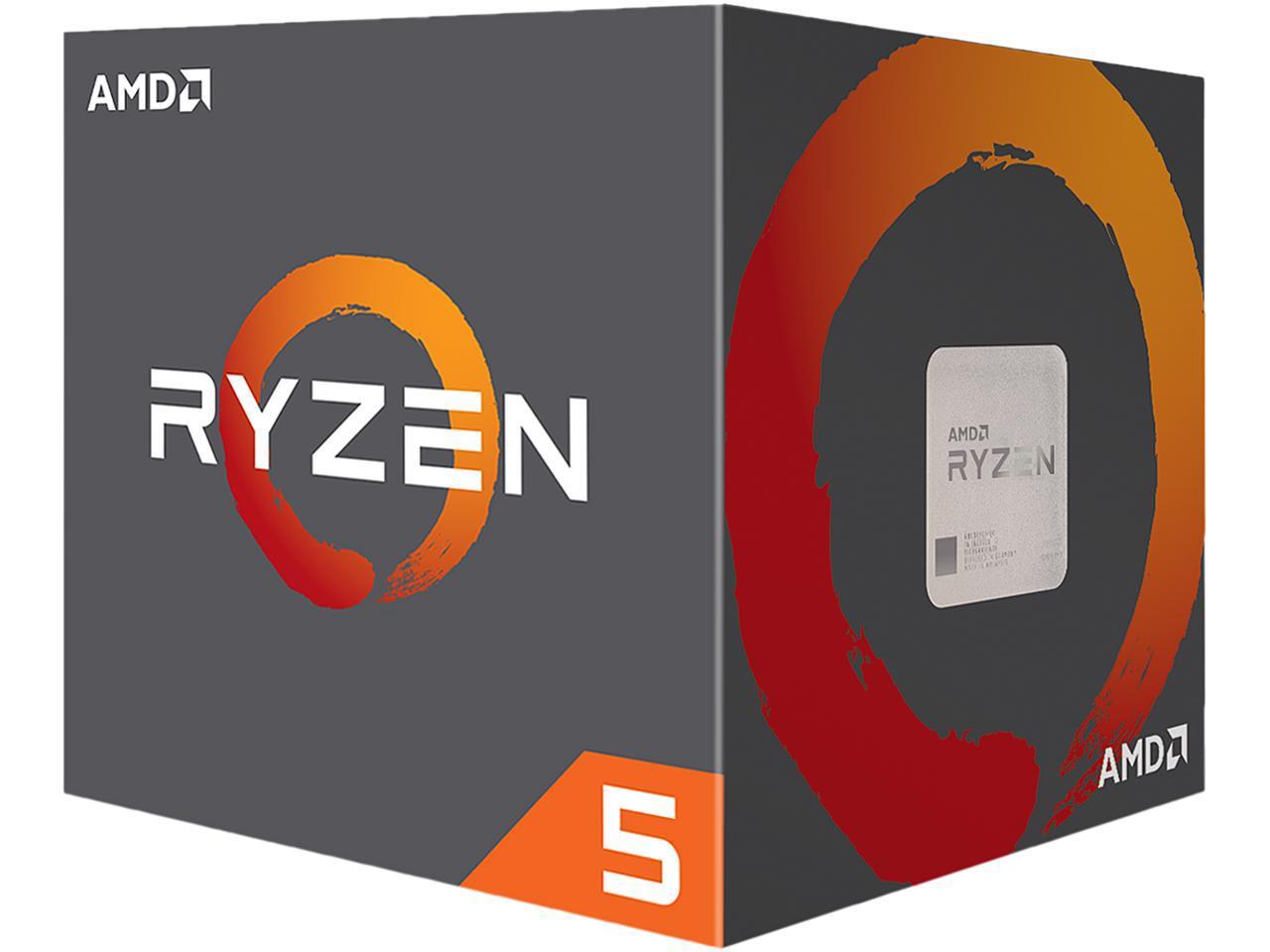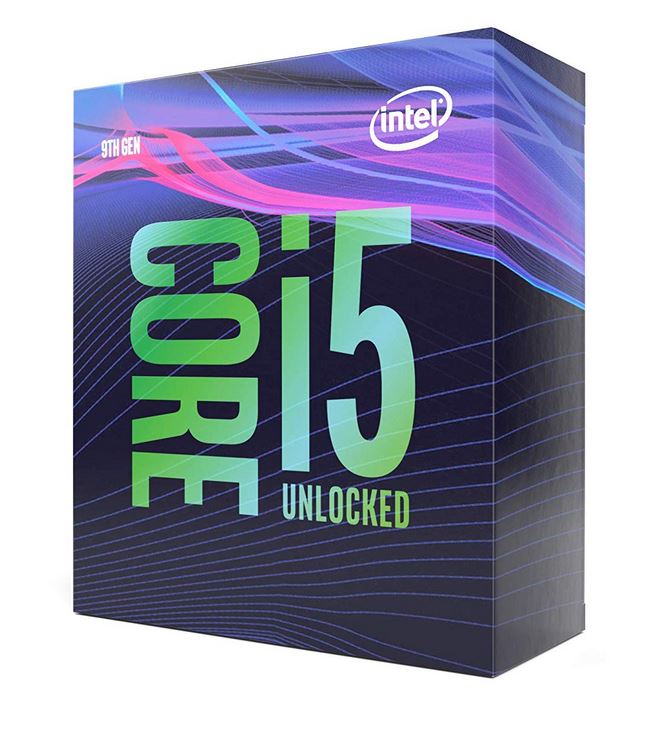Intel Performance Maximizer (IPM) Tested: One-Click Overclocking Comes to 9th-Gen CPUs
IPM vs. Precision Boost Overdrive and MCE, Test Setup
Intel Performance Maximizer vs. Precision Boost Overdrive
AMD's Precision Boost Overdrive is a boon to enthusiasts with its adaptive overclocking approach, and it's making its way from the Threadripper platform to all of AMD's Ryzen 3000 processors. The software allows the processor to communicate with the platform to modulate performance based on the motherboard's power delivery subsystem and thermal dissipation capabilities.
The processor monitors Package Power Tracking (PPT) and Thermal Design Current (TDC) variables, measuring available margin to the motherboard's maximum power output and current, respectively. Electrical Design Current (EDC) also indicates the maximum current possible from the VRMs during peak/transient conditions. A control loop feeds real-time telemetry data back to the processor, which then dynamically adjusts performance based on thermal and power conditions. AMD also exposes some of these monitoring features with its Ryzen Master overclocking software.
In contrast, Intel's Performance Maximizer is a one-click auto tuner that finds the maximum attainable all-core overclock and then applies fixed settings based upon many of the same variables, like the power delivery and cooling capabilities. Like AMD's implementation, you still get the benefit of boost clocks that outstrip the all-core frequency when the processor isn't fully loaded, but Intel's overclock will not improve based upon a change in conditions, like the installation of a better power supply or cooler that could unlock higher clocks. In that case, you'll have to run the application again.
Intel's tool also monitors the system to detect if it has BSODs within three minutes of booting up. If the system generates more than three blue screens, the tool will no longer apply the overclock and send a message that it has reverted due to instability. It also gives the option to re-run the utility to regain a stable overclock.
Intel Performance Maximizer vs. Multi-Core Enhancement (MCE)
Intel's motherboard partners have already infused their boards with predefined all-core boost profiles that go by many names, such as Multi-Core Enhancement (MCE) with ASUS motherboards and Enhanced Turbo with our MSI motherboard. These features are largely referred to as MCE, but the functionality remains the same: These settings essentially apply an all-core overclock to the processor that is defined by the maximum Turbo Boost bin supported by the processor. This setting modifies the CPU's clock rate and voltage to deliver higher performance, which is basically factory-sanctioned overclocking.
Motherboard vendors predetermine the voltage settings at the factory, meaning the settings do not take chip quality into account. Instead, the vendor bins a large number of CPUs in each respective SKU and sets the parameters based on the worst common denominator. As such, these settings typically use a much higher voltage than required for even chips of "normal" quality, which can reduce the chips' lifespan and result in a hotter and noisier system.
Again, MSI turns this on by default in its BIOS, similar to most of its competition. Performance, power consumption, and heat are all affected, naturally. We manually disable this feature for our stock CPU testing to best reflect Intel's specifications, but we're enabling it for some of this testing to compare its performance with the IPM tool.
Get Tom's Hardware's best news and in-depth reviews, straight to your inbox.
MEG Z390 Godlike
We're using MSI's MEG Z390 Godlike as our test platform. This pricey board retails for $600, but has the power delivery subsystem to support aggressive overclocking.
The MEG Z390 Godlike sits at the top of MSI's motherboard hierarchy on Intel's mainstream platform. It has a decked-out 18-phase power delivery subsystem that's designed to squeeze every drop of performance out of Intel's new processors.
As mentioned, we left the memory settings at DDR4-2666 to reflect a normal users' one-click overclocking efforts. We disabled the Multi-Core Enhanced feature for all tests, except those explicitly listed.
Comparison Products
| Test System & Configuration | |
| Hardware | Intel LGA 1151 (Z390)Intel Core i9-9900K, i7-9700KMSI MEG Z390 Godlike2x 8GB G.Skill FlareX DDR4-3200 @ DDR4-2667 EVGA GeForce GTX 1080 FE 1TB Samsung PM863EVGA Supernova 1600 T2Windows 10 Pro (All Updates)Operating system and motherboard firmware fully patched for all vulnerabilities |
| Cooling | Custom Loop, EKWB Supremacy EVO waterblock, Two 360mm radiators |
MORE: Best CPUs
MORE: Intel & AMD Processor Hierarchy
MORE: All CPUs Content
Current page: IPM vs. Precision Boost Overdrive and MCE, Test Setup
Prev Page Overclock All (Some?) of the Things Next Page VRMark, 3DMark and AotS: Escalation
Paul Alcorn is the Editor-in-Chief for Tom's Hardware US. He also writes news and reviews on CPUs, storage, and enterprise hardware.
-
mdd1963 Here, take this Intel provided software, use it, it's great but....BUT,....if you use it, and overclock , and kill your processor, well, it was 'inherently dangerous'...your bad! :) (Better luck with your $500 next time!) :)Reply
Granted, Intel's XTU is not 'one click and done', but, I thought it would be hard to get too much easier (I think it took 5-6 clicks?)....
I see it's now easier.. :) -
AgentLozen Replyrgd1101 said:what the 1.5GB download get?
Hopefully the 100MB of overclocking software comes bundled with an installation of Warcraft III. That's about how much space its demanding. -
jimmysmitty Replyrgd1101 said:compare the power consumption and temp?
Yea that would be nice to see how it handles power and temps compared to MCE or manual overclocking.
I never have trusted auto OCing utilities, even in motherboards, as they tend to go on the high side of CPU voltage. -
King_V I wonder if this is smacking a little of desperation. These CPUs are already blowing past their TDP now that Intel has decided that base-speed TDP is more convenient for them that maximum power.Reply
Maybe they can't really claim a huge gaming lead anymore, and are trying to push through whatever boost they can, to try and keep an edge?
In this case, both in performance, and as a convenient space-heater. -
gdmaclew It's a useful utility, but it needs this, but it only supports that, but you have to remove this other thing. Typical for Intel.Reply -
joeblowsmynose Well I guess this free utility makes the 9900KS obsolete -- hasn't even launched yet! lol!Reply
Maybe they figured the suckers that would buy the insurance for the IPM would offset the markup on the 9900ks? Intel makes no sense at all ... literally none ... I can't wait for the 3900x to launch so I can give AMD more money. -
joeblowsmynose ReplyKing_V said:I wonder if this is smacking a little of desperation. These CPUs are already blowing past their TDP now that Intel has decided that base-speed TDP is more convenient for them that maximum power.
Maybe they can't really claim a huge gaming lead anymore, and are trying to push through whatever boost they can, to try and keep an edge?
In this case, both in performance, and as a convenient space-heater.
Massive power draws are only a major concern when AMD has it. When Intel has it, it just means cause its better. Don't you know the logic? ;)



